By Iris Farrou
05 Oct, 2022
Breast health, Lifestyle Tips, Prevention, Queer Health, Women's Health, Young adults & teens
Best OBGYN Groups in Buffalo, Breast cancer, Breast cancer awareness, Breast cancer awareness month, Buffalo OBGYN, cancer charity, mammogram, When do I need a mammogram
October is best known as the month dedicated to spooky costumes and candy, but it is
also the month dedicated to Breast Cancer Awareness. Apart from skin cancers, breast cancer is
the most common one among American women. Facts show us that 1 in 8 women in the US will
receive a diagnosis of breast cancer in her lifetime, but the really good news is that 65% of cases
are diagnosed at a localized state–meaning that the cancer has not spread past the breast–for
which the five-year survival rate is 99%.
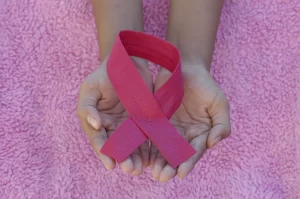
It is also encouraging to hear that there are over 3.8
million breast cancer survivors in the United States alone. The positive facts about breast cancer
assure us that science is working hard to enhance the survival rate for women who are diagnosed
with breast cancer, and is also making great strides to provide successful preventative
techniques.
During the month of October, there are continued efforts to fundraise money for
dedicated breast-cancer research, to support survivors, and to spread awareness and information
to younger women. If you are in Buffalo, NY you may want to consider participating in the
annual Making Strides of Buffalo walk, which is dedicated to making an impact and saving lives,
organized by Roswell Park Comprehensive Cancer Center. This year, the event takes place on
October 22nd, and you can easily sign up for the event on the American Cancer Society’s
website. The event does not have a registration fee, so it is accessible to a greater number of
people.
If you cannot attend the event in person, you can also make a donation, and keep
fundraising going by looking into the Matching Gifts programs: many employers will match
their employees’ charitable donations, or even volunteer hours, thus doubling the impact
individuals make on Breast Cancer Awareness! You can find out directly from your employer if
they are registered for a matching gifts program, or you can use the tool provided by Double the
Donation.
Another great way to support research and other initiatives toward Breast Cancer
Awareness is to create your own fundraising events; many tech-savvy folks set up their own
fundraising pages, or they simply ask their loved ones to collect donations towards this cause in
lieu of birthday, wedding, or anniversary gifts. If you have an online presence, you can easily
bring people together through Facebook or Instagram Live, and even Zoom, to provide support,
share knowledge, and build a community.
Breast Cancer Awareness Month
https://www.bcrf.org/breast-cancer-awareness-month-ideas-fundraising/
More
 The debate on breast care is ongoing with two main schools of thought: those who support the idea that bras are harmful and those who argue that bras are not harmful. Though there may be a gray area, the basic arguments surrounding the effectiveness of bras and their contribution (or not) to breast care seem to fall under these two categories. To help clear up some of the uncertainties, the following bra myths are explained.
The debate on breast care is ongoing with two main schools of thought: those who support the idea that bras are harmful and those who argue that bras are not harmful. Though there may be a gray area, the basic arguments surrounding the effectiveness of bras and their contribution (or not) to breast care seem to fall under these two categories. To help clear up some of the uncertainties, the following bra myths are explained.
Bra Myths
- Bras are Linked to Breast Cancer
This is probably the most common myth that circulates, claiming that wearing a bra increases the chances of developing breast cancer later in life. However, there is no scientific basis for this claim as of yet. According to a 2014 study on 1500 women, there is no correlation between wearing a bra and breast cancer risk. There are other physical and behavioral factors that contribute to the risk of breast cancer, but there is no direct correlation between those and whether you choose to wear a bra or not.
- Bras Stop Breasts from Sagging
When refuting this myth, it is important to consider that bras can rest on many places on women’s chests: some are high, some low, some more to the side, or in the middle, and the fullness changes as you go through your menstruation cycle and other hormonal factors you may be experiencing. As such, the firmness and elasticity of your skin are genetically determined and cannot be fully determined by a product whose use alters day by day. Other factors such as rapid weight gain or loss, as well as smoking may affect the elasticity of your skin.
On the other hand, there are those who claim that wearing a bra will make your breasts sag. As with the argument that a bra stops breasts from sagging, we should remember that—again—elasticity and firmness of skin is genetically determined and behavioral and physical factors may alter it.
- Most Women Wear the Wrong Bra Size
Though this statement may have an element of truth in it, there are no conclusive studies to prove that women make extremely detrimental choices when buying bras. It is understandable that there may be minor mistakes made, such as choosing a design that doesn’t quite fit your body or supports your daily activity habits, but most women will purchases bras that more or less fit their chest area and make them feel comfortable. After all, there is no specific guaranteed that we wear the right bra at any given moment, as our hormones and physical condition (swelling, sweating, sitting etc.) affect our breasts day by day.
As with most other arguments around the safety of bras, some disagree with the idea of wearing a bra in your sleep. There is no scientific evidence to prove that sleeping with a bra on will harm you, and some doctors may even recommend it if your breasts feel sore. If you do choose to sleep wearing a bra, it is recommended that you pick out a lightweight, non-underwire bra. It should not be too tight, neither have parts that dig in as you want to avoid it causing skin/breast irritation or disrupt your sleep.
Takeaway
As with anything else you do for your health, you should make sure that you are comfortable in the bras you choose to wear. Consult your doctor if you experience any persistent or unusual breast pain or if you choose to change your bra habits and are concerned about your breast health.
More
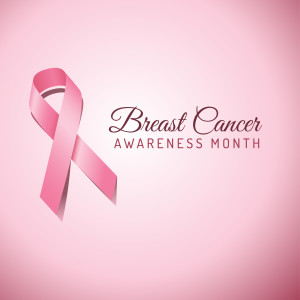 Last week, actress Julia Louis-Dreyfus announced she has breast cancer in a post on her official Twitter account saying, “1 in 8 women get breast cancer. Today, I’m the one”.
Last week, actress Julia Louis-Dreyfus announced she has breast cancer in a post on her official Twitter account saying, “1 in 8 women get breast cancer. Today, I’m the one”.
According to the National Breast Cancer Foundation, one in eight women in the United States will be diagnosed with breast cancer in their lifetimes. While we have made significant strides in breast cancer treatment options, the safest way to protect yourself from this deadly disease is through awareness and early detection. As we spend the month of October wearing pink ribbons and reflecting on those we’ve lost, and those who have persevered, take the time to familiarize yourself with the latest breast cancer screening guidelines. By following a regular routine of administering self-exams, and receiving recommended screenings from your OBGYN, you will put yourself in the best position to help us continue the fight against breast cancer.
Breast Cancer Screening Guidelines
According to the American Cancer Society, the frequency with which women should obtain a breast cancer screenings from their OBGYN is dependent upon age. More specifically:
- Women ages 40 to 44 are recommended to receive a mammogram annually if desired.
- Women ages 45 to 54 are recommended to receive a mammogram annually.
- Women 55 and older are recommended to receive a mammogram every two years but may continue to receive annual screenings if desired.
Regular Self-Exams
In addition to mammography screenings, women should also perform routine self-breast exams. Regular self-examinations help women ensure they are familiar with their breasts so that if any abnormality develops, they can identify the change and make an appointment to be examined by a doctor.
Family History
Women with a personal, or a family history of breast cancer are recommended to receive more frequent screenings. If your mother, sister(s), or grandmother(s) have been diagnosed with breast cancer, talk to your OBGYN. He/she will help you determine when to start receiving regular mammography screenings, and whether or not an MRI is also advisable to test for abnormalities.
Other Risk Factors
In addition to your family history, your doctor will need to have an understanding of other factors that could increase your risk of breast cancer and that may impact when you should begin receiving breast cancer screenings, and with what frequency. Such risk factors may include:
- Your age. A woman’s risk of a breast cancer diagnosis increases with age, particularly up until age 50.
- Childbearing history. The older a woman is when she has her first child, the greater her risk of developing breast cancer in her lifetime. Women who never have children are also at a greater risk of developing breast cancer.
- Menstruation history. Women are at a higher risk of breast cancer if they menstruated for the first time before age 12 or if they go through menopause after age 55.
- Genetic factors. Women with a mutation in the BRCA1 or BRCA2 genes are at a higher risk of developing breast cancer.
If you have any questions or concerns regarding your personal risk of breast cancer, talk to your OBGYN. He or she will be able to discuss your personal risk factors and will help you to determine a routine screening frequency plan that is right for you.
More
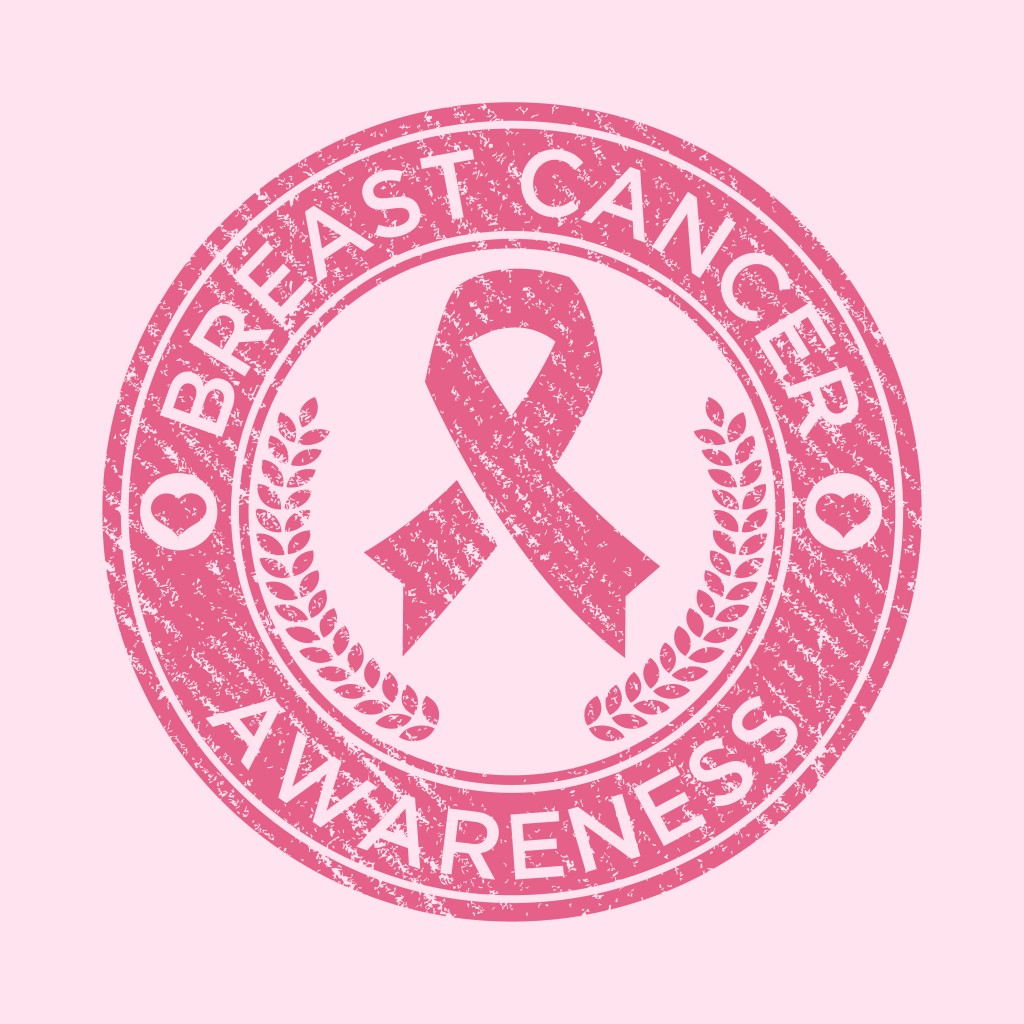 Lumps in the breast or armpit area should always be treated as serious matters. Performing self-exams or having a clinical exam or mammogram performed in a timely manner can lead to early detection and treatment, which can greatly increase chances of survival.
Lumps in the breast or armpit area should always be treated as serious matters. Performing self-exams or having a clinical exam or mammogram performed in a timely manner can lead to early detection and treatment, which can greatly increase chances of survival.
However, lumps in the breast or armpit aren’t always dangerous. Some lumps can be cysts, which may feel like a lump but is actually a small sac filled with fluid. Cysts may appear singularly or in a cluster.
Is it a cyst or tumor?
To determine if a lump is a cyst or a tumor, a healthcare professional will perform an ultrasound. This scan will allow the professional to see if the sac is hollow or filled with fluid, determining if the patient needs any sort of treatment or if the issue will resolve itself on its own.
If the lump is fluid filled, it may not require any treatment, and may also swell and retract based on the hormone cycle of the patient and the patient’s menstrual cycle. If the cyst becomes bothersome, it can be drained by a professional by first applying local anesthetic and then removing the fluid with a needle and syringe. Some cysts will re-fill, requiring them to be removed surgically or simply left alone to recede on their own.
If there is a history of cancer within the family, cysts can act as a risk factor, indicating the possibility of cancer starting in the patient’s body. However, most cysts do not indicate cancer and are almost never associated with a high risk of cancer.
Types of tumors
Breast tumors can be identified as malignant, a mass of cancerous cells that can invade and damage surrounding tissue, or benign, a mass of cells usually unaggressive towards surrounding tissue that will not continue to grow.
A tumor is often biopsied to discover whether it is malignant or benign, or if it needs to be removed from the body before it affects any other areas. Metastatic cancer is when malignant tumors spread to other parts of the body through the lymph nodes, or lymphatic system, and form secondary tumors.
Tumors are classified by grade based on the severity of the cell mutation and the likelihood that it will spread throughout the body. Breast cancer is graded on a scale of one to three with one being the lowest stage of aggression and three being the highest.
Low-grade tumors, ranked at a one, most closely resemble normal tissue, whole high-grade tumors ranked at a three look the least like normal tissue and can be extremely aggressive.
Tumor grading can help best determine a treatment plan, however tumor grades should NOT be confused with stages of cancer.
For more information on stages of breast cancer, search our patient education section of our website or visit the National Breast Cancer Foundation’s page.
More
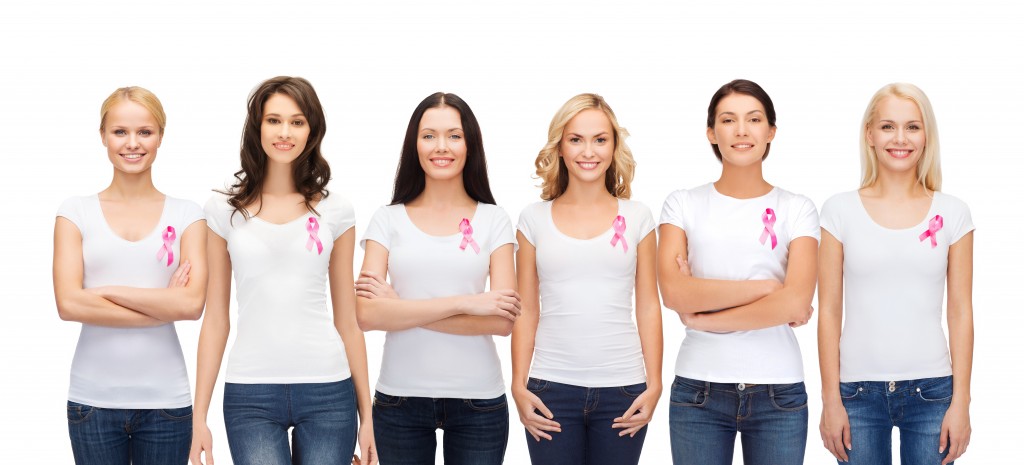
According to the National Breast Cancer Foundation, one in eight women will be diagnosed with breast cancer during their lifetime. However, a diagnosis is not the end – there is hope and there is help.
There are many resources available for people who have been diagnosed with breast cancer, accessible via Internet, phone and some print publications.
Beyond the Shock, sponsored by the National Breast Cancer Foundation, is a free, online guide to understanding breast cancer and its treatment options. BtS can be used as a tool for those diagnosed with breast cancer, loved ones looking for more information or doctors seeking to share information and resources with patients and family members.
Beyond the shock offers educational videos, an open forum for asking questions about breast cancer and receiving answers, and stories from breast cancer survivors. It’s currently available in multiple languages (French, Spanish, Mandarin and Portuguese) and can also be downloaded as an app for smartphones and tablets.
Roswell Park Cancer Institute offers resources through the Western New York Breast Resource Center where team members aid patients and loved ones seeking information about breast cancer diagnosis, treatment and more. RPCI offers a lending library with print and video resources about current breast cancer information, screening techniques, prevention, diagnosis and treatment.
The center also offers services to help patients transition into “cancer survivorship,” as well as offering services to help during treatment.
WNYBRC programs include:
- Chemotherapy clinic tours
- Free wigs, scarves and hats for patients experiencing hair loss due to chemotherapy
- Look Good Feel Better makeover programs sponsored by the American Cancer Society
- Referrals to breast prosthesis and undergarment fitters
- Information and referrals to local support groups, financial assistance programs and transport services
- Information on other community support services
- Referrals to national breast cancer advocacy programs
For more information, hours and locations visit the WNYBRC website.
The Susan G. Komen foundation offers resources for people diagnosed with breast cancer, family members of patients and offers a place for survivors to tell their stories of struggle and recovery. The website offers information, support and a mission statement promising aid to whoever needs it, regardless of what stage they’ve reached with diagnosis, treatment or survival.
The SGK foundation also offers information about their fundraising events, financial assistance information and places to donate for research and recovery.
WebMD offers information on breast cancer symptoms, treatment, research and support. While providing some information, WebMD has also compiled a list of links and resources from other cancer-care networks such as the National Comprehensive Cancer Network, National Breast Cancer Coalition, American Cancer Society and more.
The Breast Cancer Care Foundation also provides a comprehensive list of financial resources for families and patients dealing with cancer diagnosis and treatment.
Breast cancer diagnosis and treatment is a difficult journey, but with resources and support, things can be made easier. For more information about breast cancer research, diagnosis etc. visit our patient education section.
More
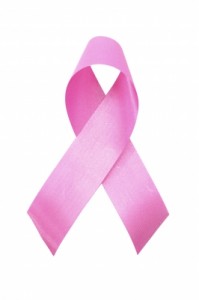 October is breast cancer awareness month. Throughout this month, Chouchani, Sayegh and Bagnarello MD will be posting articles about breast cancer prevention and what to do post diagnosis. This week we are focused on early detection.
October is breast cancer awareness month. Throughout this month, Chouchani, Sayegh and Bagnarello MD will be posting articles about breast cancer prevention and what to do post diagnosis. This week we are focused on early detection.
Breast cancer is a disease that occurs when malignant (bad) cancer cells form in the tissue of the breast. One in eight women will be diagnosed with breast cancer during their lifetime and breast cancer is the most commonly diagnosed cancer in women. While breast cancer is the second leading cause of death in women, it can also occur in men with an estimated 2,150 men diagnosed per year.
However, according to the National Cancer Institute, when detected early in the “localized stage,” the five-year survival rate for breast cancer is 98%.
Early detection is easiest when you know the signs and symptoms of breast cancer while also performing regular self-exams.
Signs and symptoms to watch for:
- Nipple tenderness
- Thickening lump in the breast or underarm area
- Change in the skin around the breast or nipple, or enlargement of the skin’s pores
- Lump in the breast or a change in the shape or size of the breast
- Dimples anywhere on the breast
- Unexplained swelling or shrinkage of the breast (especially limited to one side)
- Nipple turned inward or inverted
- Red, swollen or scaly skin around the breast, nipple or areola
- Any clear or bloody nipple discharge
Most people experiencing signs and symptoms will only experience two or three and that does not mean they automatically have breast cancer. If you are experiencing any of the signs or symptoms, or feel any sort of unexplained lump in the breast or armpit area, contact your physician immediately.
Self-exams are extremely important especially concerning early detection. For further instruction on performing self-exams, see a previous article here, or you can find more information on the website for the National Breast Cancer Foundation here. Self-exams should be performed at home about once a month.
A clinical exam can be performed by a healthcare professional in-office during an appointment or during an annual exam or physical. Healthcare professionals will check the breast and armpit for lumps while also checking the skin for abnormal coloration, texture or discharge.
Mammograms are conducted by taking an x-ray of the breast tissue to examine the tissue for suspicious clusters, flecks, growths etc. Women over 40 should have a mammogram every one to two years, while women under 40 with risk factors should ask their healthcare professional what’s best.
The National Breast Cancer Foundation also offers an Early Detection Plan which is available for iPhone and Android on the App Store and on Google Play. The EDP reminds users to do monthly self-exams with notifications on their phones, tablets or computers and also aids in scheduling clinical breast exams and mammograms. For more information, visit their website here.
Reducing the risk of breast cancer can be as simple as maintaining a healthy weight, staying physically active, maintaining a healthy diet, and limiting alcohol and tobacco consumption. Early detection leads to the greatest possibility for efficient and successful treatment.
For more information on breast cancer, visit our patient education section here. And if you’d like to make an appointment with any of our doctors, please give us a call today. We are accepting new patients in all three of our offices in Western New York!
More






